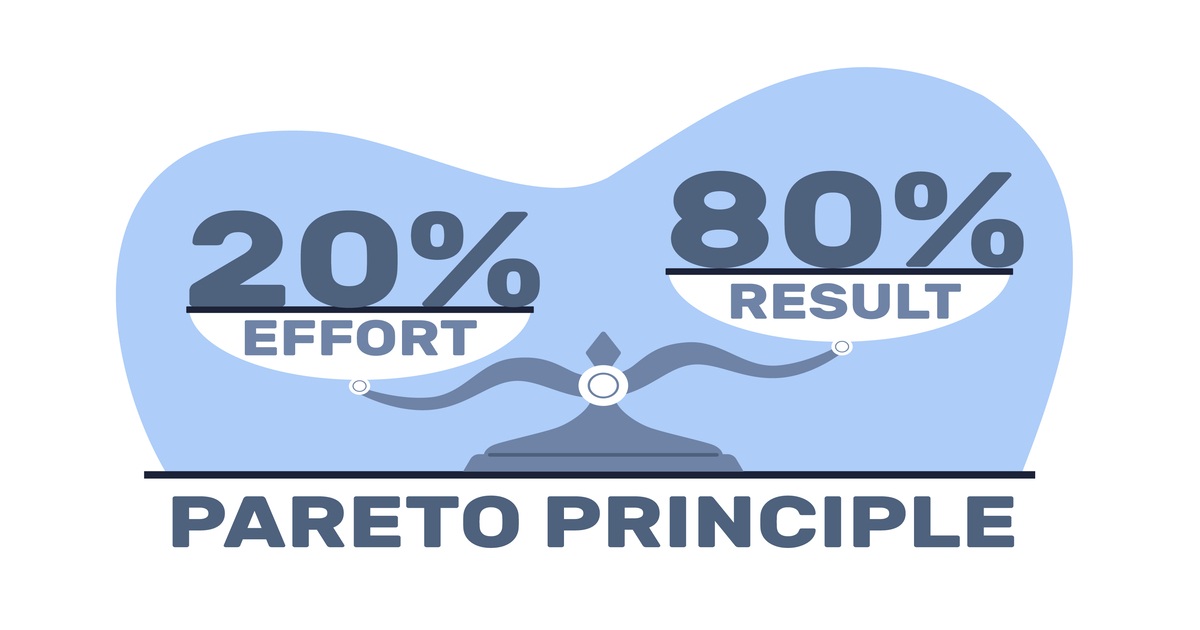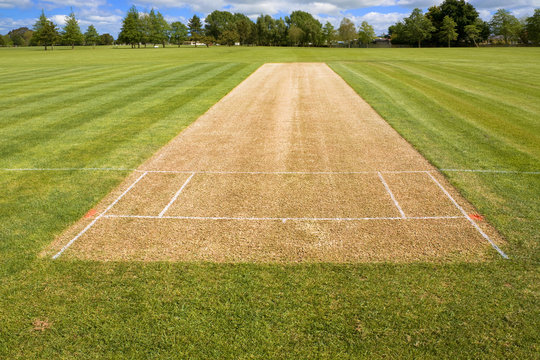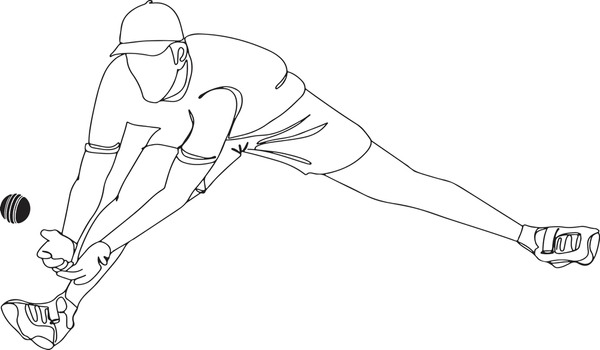The Pareto Principle and Cricket
Could applying the Pareto principle create a competitive West Indies team?
Introducing the Principle
Many years ago when I was an actuarial student I came across the Pareto principle which is also more commonly known as the 80/20 rule. The Pareto princple for those unfamiliar with it states that approximately 80% of consequences come from 20% of causes. I remember being inspired and fascinated by this rule because I felt at the time that I had found the “secret” to success as far as my life aspirations were concerned. I just needed to find and do that necessary 20% of actionable items, and I’d have the resulting 80% of desirable outcomes.
Ahh…the naiveté of youth. If only life were that formulaic and simple. I never quite found the necessary 20% required for the success I was seeking, and turned my attention to other things after the novelty of the idea wore off. However, as fate or life would have it, I saw the principle pop up again later with accompanying examples which deepened my understanding of how and when the princple could be applied. This then led to me having my own ideas of possible applications to solve real world problems.
The Cricket Problem
One such problem which comes to mind is the current malaise which plagues West Indies cricket with seemingly no end in sight. Two-time ODI world cup winners and former champion, nearly invincible test team with batters and bowlers feared the world over, have now been reduced to languishing at the bottom of the test and ODI rankings. The fall has been so great that the West Indies team missed out on qualifying for the 2023 ODI World Cup, and most recently missed out on a spot to play in the currently ongoing 2025 Champions Trophy. This current miss is made even more painful given the fact that they once held the Champions Trophy aloft in 2004 after a stunning come from behind victory at Lord’s.
The advent of major T20 leagues such as the IPL in the late 2000s which offered large financial rewards, more than what any West Indies cricket board could offer to any individual player, proved to be the final nail in the Windies’ maroon coffin. Players seized the opportunity to set themselves up financially often eschewing national duty to do so. This meant that many of the West Indies teams which took to the field in the early years of the rise of the T20 leagues were at best second-string. This further contributed to worsening the decline of this team with a rich history whose former glorious empire now lays on the trash heap in tatters.
One of the principle problems that Cricket West Indies (the governing body of West Indies cricket hereafter referred to as CWI) faces is funding. It doesn’t have the deep coffers of other cricketing nations such as India, England, or Australia. It therefore faces the problem of sustainably funding its developmental programs, and paying its contracted players enough to keep them interested. The latter isn’t really possible given the paucity of the CWI’s coffers, and so players will always be lured to go off to ply their trade elsewhere in an effort to secure their financial futures.
If we accept that a percentage of players will always be lost to overseas leagues, then it follows that the CWI needs to find a way to raise the quality of the current and upcoming pool of players so as to be able to mitigate the loss of players to leagues, and to raise the overall competitiveness of the teams fielded for home and away international series.
Pitches - One Actionable 20%
One of the known problems which seems to persist and plague the development of West Indies players is the quality of the local pitches.
Wickets have gone from being historically fast and bouncy to low and slow which seems to give spinners a huge advantage in domestic competitions. This issue has been identified and raised several times over the last couple decades, but nothing noteworthy seems to have been done to fix the problem. The pitch is one of the most important variables in a cricket match, and I believe that funneling money into improving, maintaining, and developing quality pitches could be part of the 20% which gives the needed 80% as far as results on the field is concerned.
Batters will develop better technique with faster, bouncier wickets and so will the bowlers. Better batting techniques and bowling skills should raise the standard of domestic cricket competitions thereby resulting in a higher quality player pool, and more competitive test and limited over teams.
Fielding - Another Actionable 20%
Fielding is another area which if improved could have a significant impact on results in a positive way. High quality fielding makes it harder for the opposition to score thereby helping the bowlers to build pressure and create chances to take wickets. Intermittently, poor fielding seems to be an Achilles’ heel plaguing modern day West Indies teams. Players drop a fair amount of catches which could have led to closer or different results had they been taken. The old cricketing saying “catches win matches” is very true, as one wicket can mean the difference between restricting the opposition to scoring 200 rather than 450.
Increased focus on raising the standard of fielding of domestic players can be done at a relatively low cost to CWI as fielding is supposed to be part of any competent player’s skill set, and any qualified coach’s repertoire of skills to impart. So most of what is needed should already be there, it may just be a matter of polishing and fine tuning. Monetary investment can be made to raise the skill level of coaches who might be lacking in this area, but I believe that improvements in players’ fielding skills will require a greater investment of time rather than money. Fancy facilities with computers running simulations and analysing data point by point aren’t needed to produce excellent fielders. Raising the bar for fielding will also contribute to raising the standard of domestic competitions, and the overall quality of players being produced.
Conclusion
Fielding and better quality pitches could possibly be the 20% of causes which create 80% of the consequences needed for positive change in West Indies cricket. The two suggested action points aren’t cure-alls, but they are areas which I believe if targetted can lead to tremendous improvements in cricketing skills, and by extenstion the results of the current West Indies team.
I really do think if just pitch quality and fielding are improved that the team could rise to the top half of the rankings table, and with the traction gained from this push on further to achieve its former glory.





